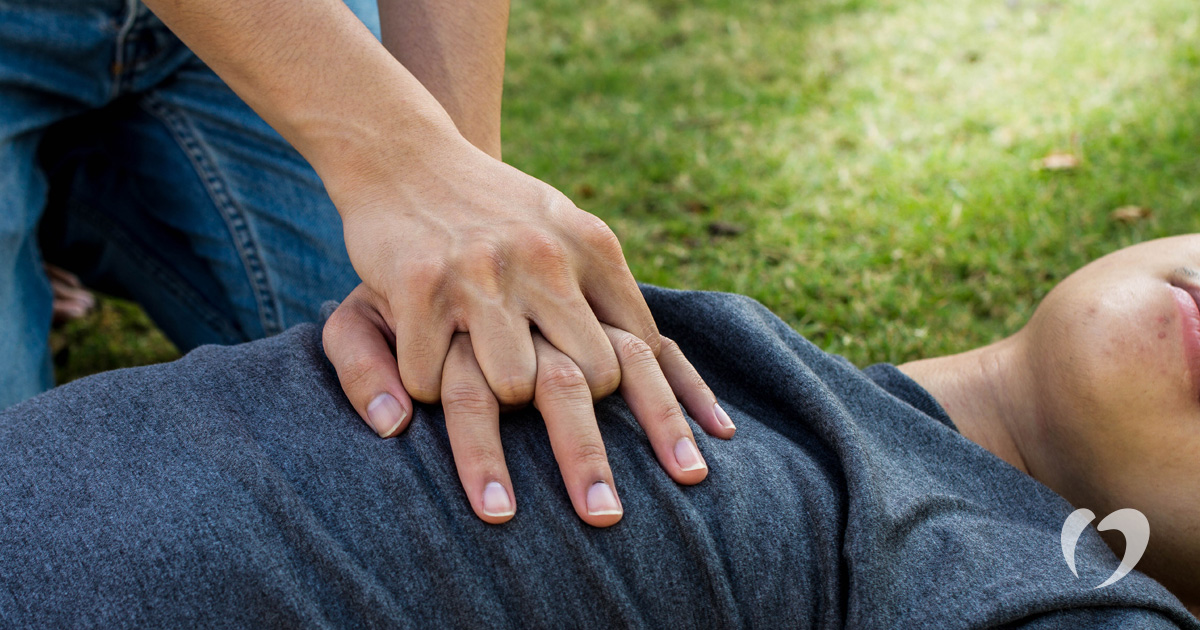Bystander CPR: Improving the Chance of Survival

When someone’s heart stops suddenly, vital organs like the brain no longer receive oxygen because blood is not moving through the body. The use of CPR (cardiopulmonary resuscitation) as soon as possible after the heart stops can save a person’s life because it continues to circulate blood through the body until emergency medical personnel arrive.
The Oklahoma Heart Hospital offers a bystander CPR class that is free to the public. The free class presents an opportunity to learn the basics of CPR that could save someone’s life. The class is offered weekly at the north campus and once a month at the south campus. See the end of this article for complete details.
When someone collapses, bystanders may be unsure of how to help or may be concerned about causing further injury by attempting CPR. But for every minute that CPR is delayed, the chance of survival drops by 7 to 10 percent, so quick action is necessary. First, call 911 or instruct someone nearby to call. Then, shake the person by the shoulders — if they respond in any way, CPR is not necessary. If the person is unconscious and does not respond, begin chest compressions.
Research shows that anything you do in terms of pressing on the chest helps keep blood moving, even if you are not certain of how to perform CPR. Press hard and fast on the chest and have another person ready to take over chest compressions, if needed. For bystander CPR, it is not necessary to breath for the person, as there is already oxygen in the blood and you are circulating that oxygen-rich blood through the body. If a bystander has been trained and is comfortable giving breaths, they may do so, but circulating blood through the body through chest compressions is the most critical.
Use of CPR immediately following an emergency situation is not intended to restart a normal heart rhythm. In most cases, electrical shock by medical professionals or use of an automatic electrical defibrillator (AED) is required to put the heart back into normal rhythm. The purpose of CPR is to maintain blood flow, which continues to supply the brain and other organs with oxygen. Patients who receive CPR in the field double their chance of survival following a sudden cardiac arrest.
Dr. Jack Collier at Oklahoma Heart Hospital, as with many of our physicians, has seen bystander CPR save patient’s lives. One individual experienced a deadly heart rhythm and was unconscious at home. His wife, who had never done CPR before, immediately began chest compressions and called 911. She continued compressions for 10 minutes until an ambulance arrived, which saved her husband’s life. Without blood circulating to his brain for that amount of time, the patient would not have survived to leave the hospital.
If you would like to learn the basics of CPR, visit cpr.heart.org for more resources.
